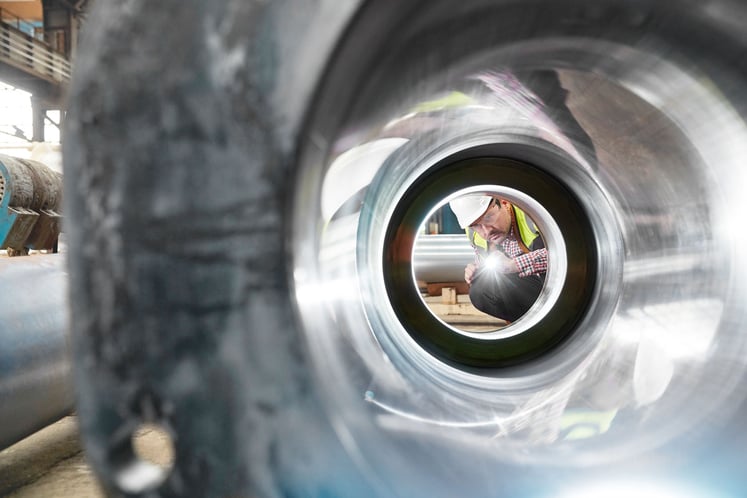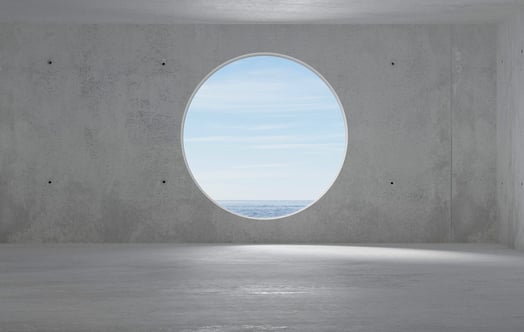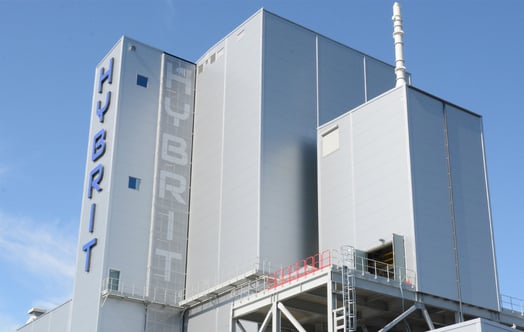Circularity in hydro power
Vattenfall has developed climate-smart hydro power concrete with a reduced cement content, which lowers CO2 emissions by around a quarter.
Greenhouse gas emissions from hydro power mostly derive from the production of steel and concrete.
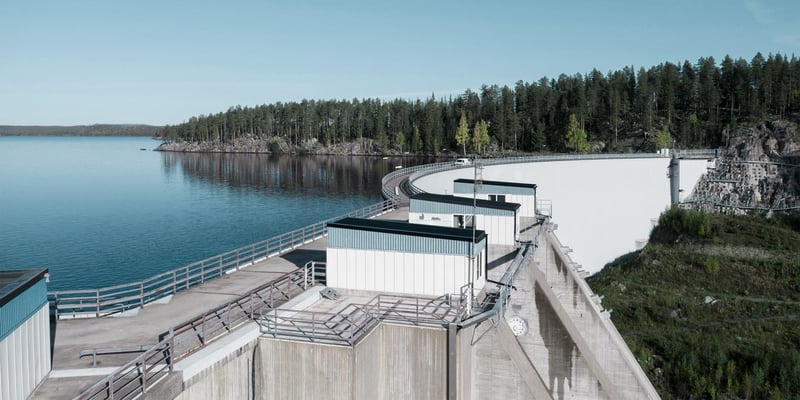
As Vattenfall’s hydro power plants were built in the early 1900s, the current impact comes from reinvestment and maintenance work, which often involves the use of large quantities of concrete.
To reduce cement usage and limit heat development during construction, it is common to incorporate by-products that react with cement. Vattenfall has combined this method with insights gained from its major expansion phases in the 1950s and ’60s to develop a modern, climate-smart concrete.
The first major application of this climate-smart concrete was at the Lilla Edet power station on the Göta älv in 2021. During the work to replace parts of the existing dam, extensive testing was carried out to ensure that the concrete is suitable for construction works and, above all, meets the requirements for dam safety and durability for over 100 years.
More about circularity
The transition to a circular economy is an opportunity, and renewable energy is an important piece of the puzzle in driving the circular economy forward.
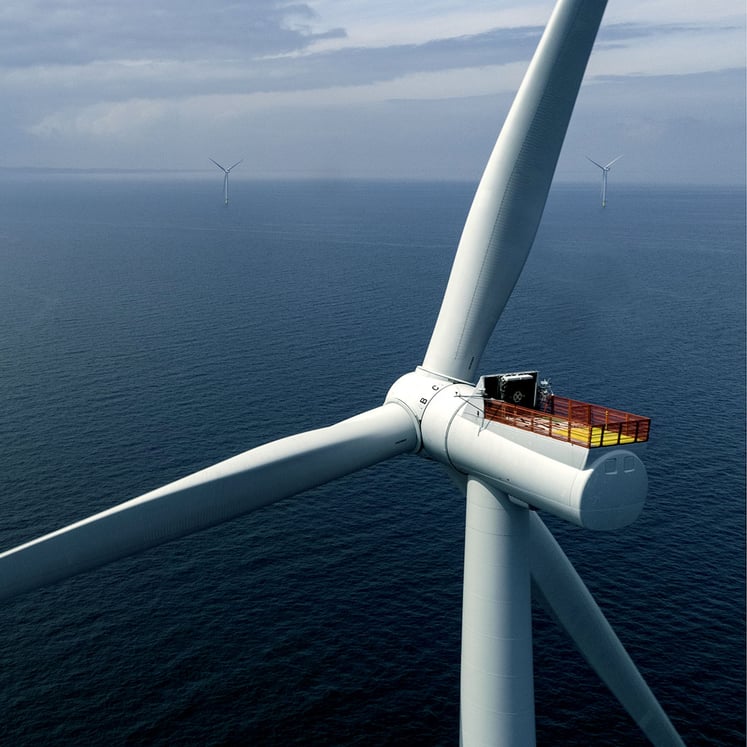
Transform to a more circular business
Circularity is essential to securing future resource needs, reducing costs, and achieving our sustainability targets.
